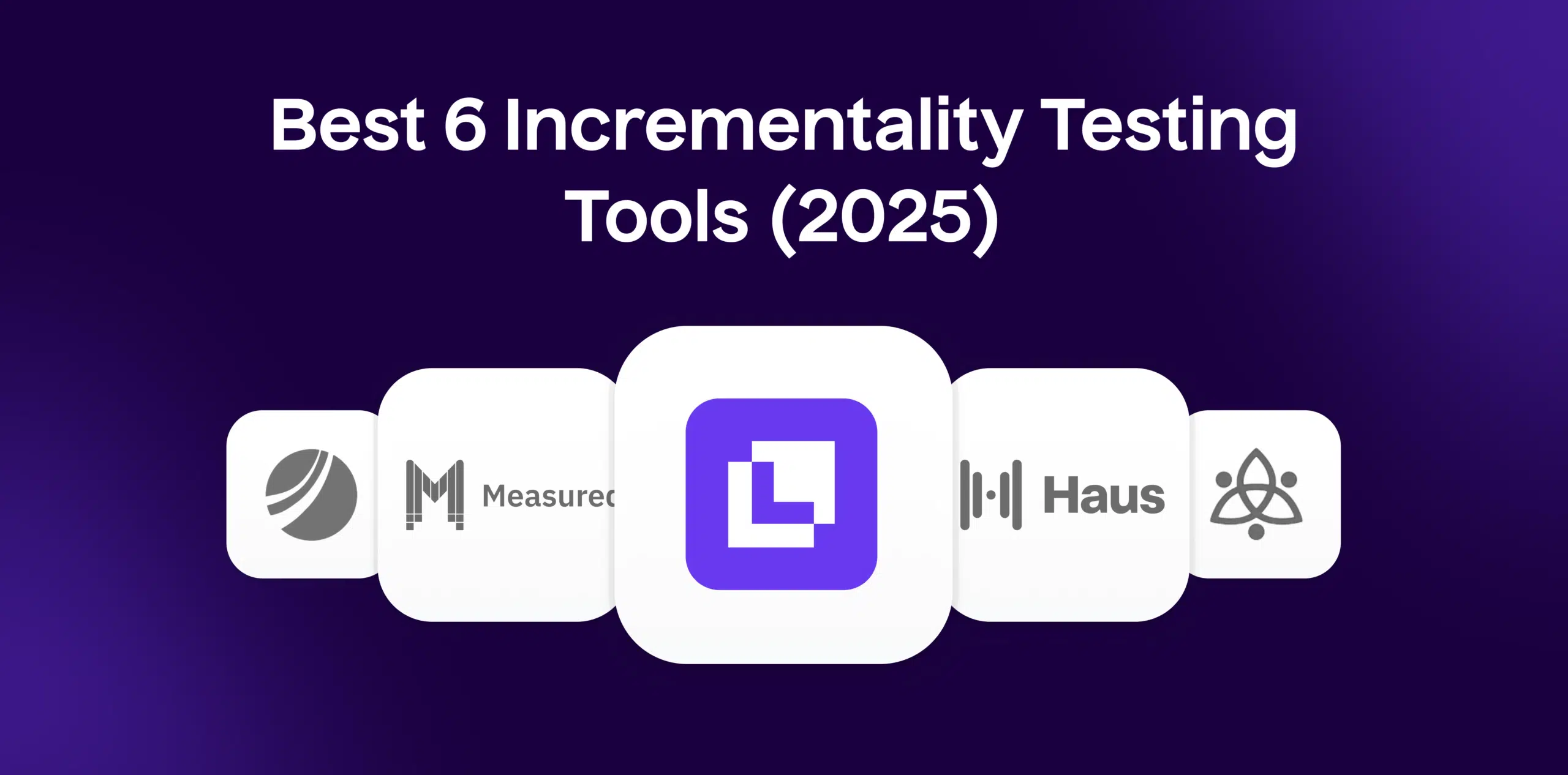What is Customer Acquisition Cost (CAC)?
The Customer Acquisition Cost (CAC) is a vital eCommerce metric, representing the cost that a company must absorb to acquire a new customer. This includes costs like advertising expenses, marketing campaigns, incentives or discounts, and any sales or business support required to secure a new customer. It’s a crucial yardstick in gauging the effectiveness of marketing strategies and assessing the potential profitability of customers over their lifetime.
Formula
Customer acquisition cost (CAC) = Total cost of sales and marketing / Number of customers acquired
Example
Suppose your eCommerce store spent $50,000 on marketing in a month and acquired 2500 customers. According to the Customer acquisition cost (CAC) formula, your CAC would be $50,000 / 2500 = $20 per customer.
Why is CAC important?
Understanding Customer acquisition cost (CAC) aids in assessing the value of a customer and helps inform decisions about how much to invest in customer acquisition. It’s a critical barometer of marketing efficiency. A high CAC might indicate that you’re spending too much on acquiring customers. Conversely, a low CAC signals a potentially lucrative opportunity to scale up marketing initiatives.
Which factors impact CAC?
Numerous factors affect Customer acquisition cost (CAC). These can range from industry competition, product price, market saturation, to the efficiency and effectiveness of marketing channels and initiatives. Changes in these factors may lead to CAC fluctuations.
How can CAC be improved?
Several ways can help improve (reduce) Customer acquisition cost (CAC). These include refining marketing strategies to target higher-quality leads, investing in customer retention to reduce the need for new customer acquisition, and optimizing ad spend by implementing more effective marketing channels or tactics.
What is CAC’s relationship with other metrics?
Customer acquisition cost (CAC) closely relates to multiple eCommerce metrics, most notably Lifetime Value (LTV). The CAC to LTV ratio is a crucial indicator of business health. Businesses typically aim for an LTV that’s 3x higher than CAC anything lower signals potential issues with profitability.
Also, CAC’s relationship with the conversion rate is inversely proportional; higher conversion rates usually lead to a lower CAC as marketing efforts yield better results.
Free essential resources for success
Discover more from Lifesight
























































